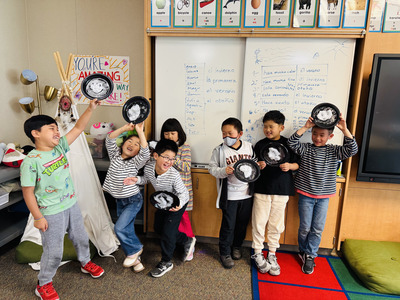
The early elementary years set the foundation for lifelong reading success. Yet many schools experience widening reading gaps as early as Grade 1. These gaps often grow silently—until they show up as low test scores, reading frustration, or behavioral issues.
The challenge for school administrators?
Finding effective intervention strategies without hiring more specialists.
The good news: with the right structures and community partnerships, schools can close early reading gaps efficiently—without increasing staffing or budgets.
Talentnook works closely with schools to support early literacy goals through structured, personalized reading intervention that complements classroom instruction.
1. Why Early Reading Gaps Grow
Early reading gaps aren’t caused by a single issue—they are the result of multiple compounding factors:
a. Inconsistent foundational skills
Students often miss critical early skills like phonemic awareness, decoding, and fluency.
b. One-size-fits-all instruction
Whole-group instruction leaves some students behind—even with the best teachers.
c. Limited intervention time
Support staff are often overstretched, leaving minimal time for Tier 2 reading intervention.
d. Lack of individualized pacing
Some students simply need more repetition, more modeling, or more time.
Over time, these small gaps snowball into significant challenges by Grades 3–4.
2. Interventions That Don’t Require Hiring More Staff
Administrators can implement powerful reading interventions without adding staffing.
a. Leverage structured small-group rotations
Teachers can run mini reading groups supported by independent reading stations and digital resources.
b. Introduce peer or cross-age reading buddies
Older students reinforce skills while younger students get fluency practice.
c. Use data-driven micro-interventions
Quick 10–15 min skill-specific sessions can be embedded into daily schedules.
d. Integrate targeted instructional tools
Digital phonics apps, leveled readers, and formative assessments boost consistency.
3. Extend Reading Support Beyond School Hours
Schools can partner with learning platforms like Talentnook to offer:
- Personalized reading intervention
- One-on-one phonics and comprehension support
- Weekly progress tracking
- Tutors trained in early literacy frameworks
This allows schools to deliver Tier 2 support without expanding district staffing—while still improving student outcomes.
Conclusion
Early reading gaps don’t have to grow. With planning, structured routines, and the right external partners, schools can build stronger literacy foundations for every child.
Talentnook is committed to helping schools close reading gaps through personalized, flexible, and data-driven reading intervention programs that work within existing school structures. Schedule a meeting.